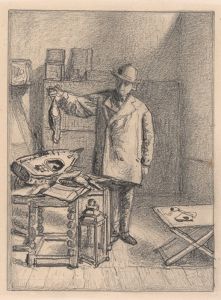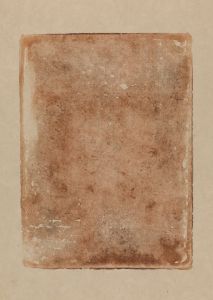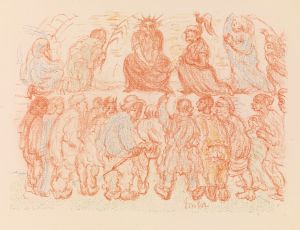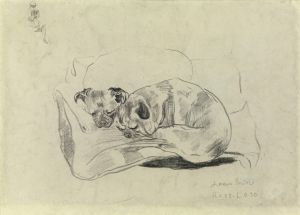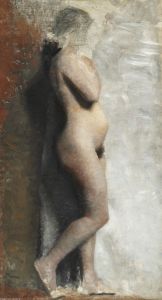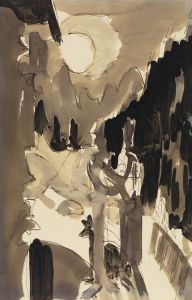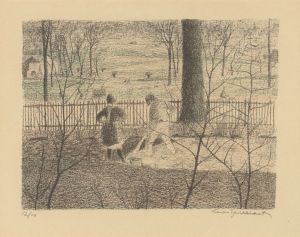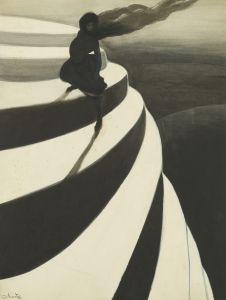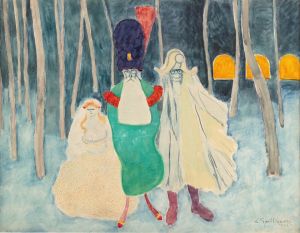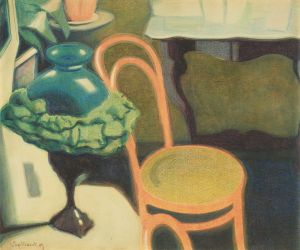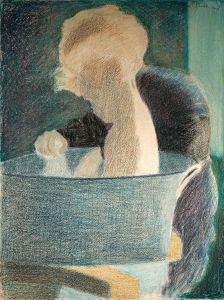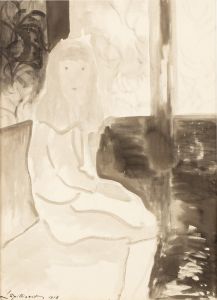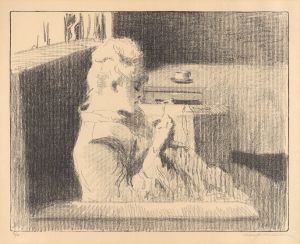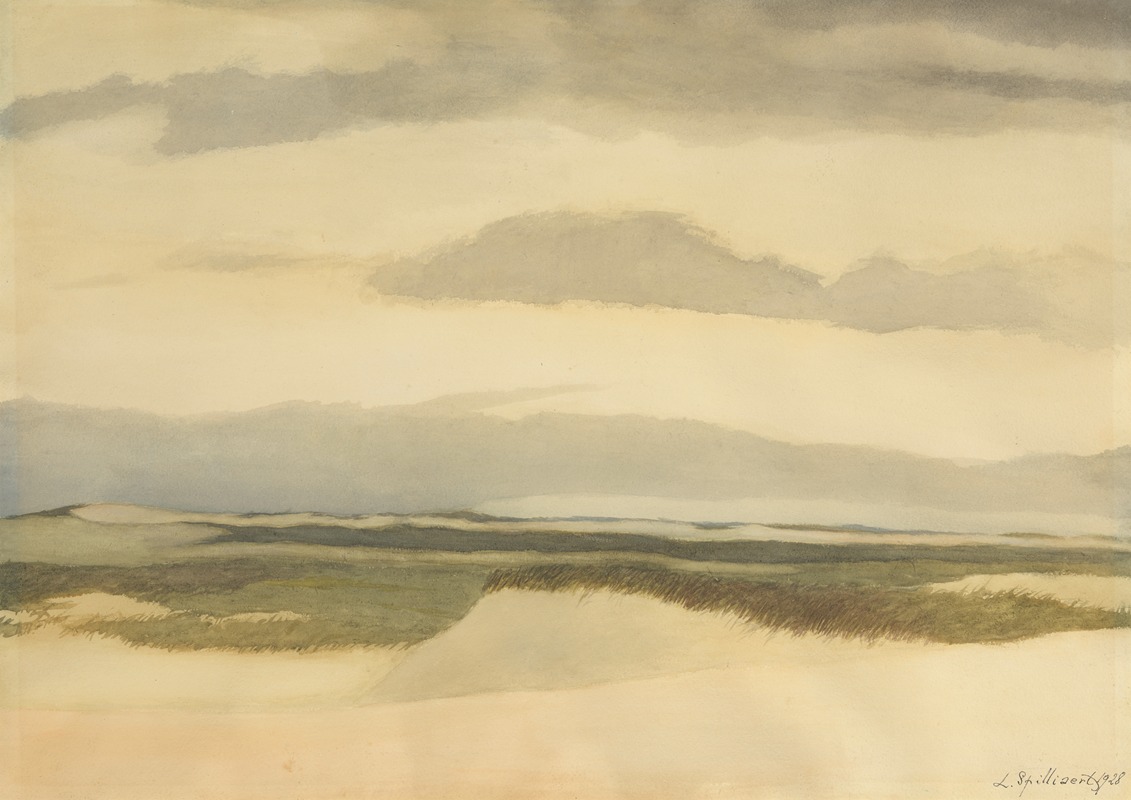
Duinen
A hand-painted replica of Léon Spilliaert’s masterpiece Duinen, meticulously crafted by professional artists to capture the true essence of the original. Each piece is created with museum-quality canvas and rare mineral pigments, carefully painted by experienced artists with delicate brushstrokes and rich, layered colors to perfectly recreate the texture of the original artwork. Unlike machine-printed reproductions, this hand-painted version brings the painting to life, infused with the artist’s emotions and skill in every stroke. Whether for personal collection or home decoration, it instantly elevates the artistic atmosphere of any space.
Léon Spilliaert (1881–1946) was a Belgian symbolist painter and graphic artist known for his unique style that often combined elements of symbolism, expressionism, and surrealism. His works frequently explore themes of solitude, introspection, and the mysterious aspects of the natural world. Spilliaert's art is characterized by its use of stark contrasts, dramatic lighting, and a sense of melancholy.
One of Spilliaert's notable works is "Duinen" (translated as "Dunes"), which exemplifies his fascination with the landscapes of his native Belgium. Although specific details about the painting "Duinen" are limited, it is consistent with Spilliaert's broader body of work, which often features the coastal landscapes of Ostend, a city on the Belgian coast where he spent much of his life.
Spilliaert's landscapes, including those depicting dunes, are not mere representations of nature but are imbued with a sense of mood and atmosphere that reflect his introspective nature. The dunes, with their undulating forms and shifting sands, serve as a metaphor for the transient and ever-changing aspects of life. Spilliaert's use of color and light in these works often creates a haunting and ethereal quality, inviting viewers to contemplate the deeper emotional and existential themes present in the natural world.
In "Duinen," as in many of his other works, Spilliaert employs a limited color palette, often dominated by shades of blue, gray, and brown, which enhances the somber and contemplative mood. His technique often involves the use of watercolor, gouache, and ink, allowing for subtle gradations of tone and a fluidity that captures the essence of the windswept dunes.
Spilliaert's work was influenced by a variety of sources, including the symbolist movement, which emphasized the expression of ideas and emotions over realistic representation. His interest in literature and philosophy also informed his artistic vision, as he sought to convey the inner workings of the human psyche through his depictions of the external world.
Throughout his career, Spilliaert remained somewhat of an outsider in the art world, not fully aligning with any particular movement or group. However, his work has gained recognition for its originality and emotional depth, and he is now considered an important figure in Belgian art history.
While specific exhibitions or collections featuring "Duinen" are not widely documented, Spilliaert's works are held in various museums and private collections, particularly in Belgium. His art continues to be studied and appreciated for its unique contribution to early 20th-century art, offering a window into the mind of an artist who was deeply attuned to the subtleties of the human experience and the natural world.
In summary, "Duinen" by Léon Spilliaert is a reflection of the artist's distinctive style and thematic preoccupations, capturing the enigmatic beauty of the Belgian landscape while inviting contemplation of broader existential themes. Spilliaert's work remains a testament to his ability to evoke emotion and introspection through his masterful use of color, light, and form.






